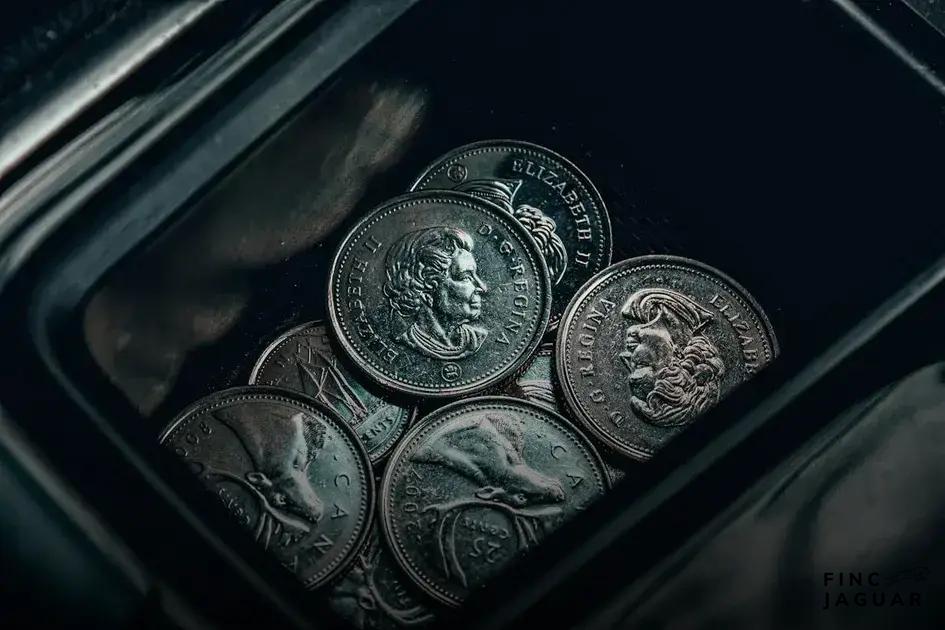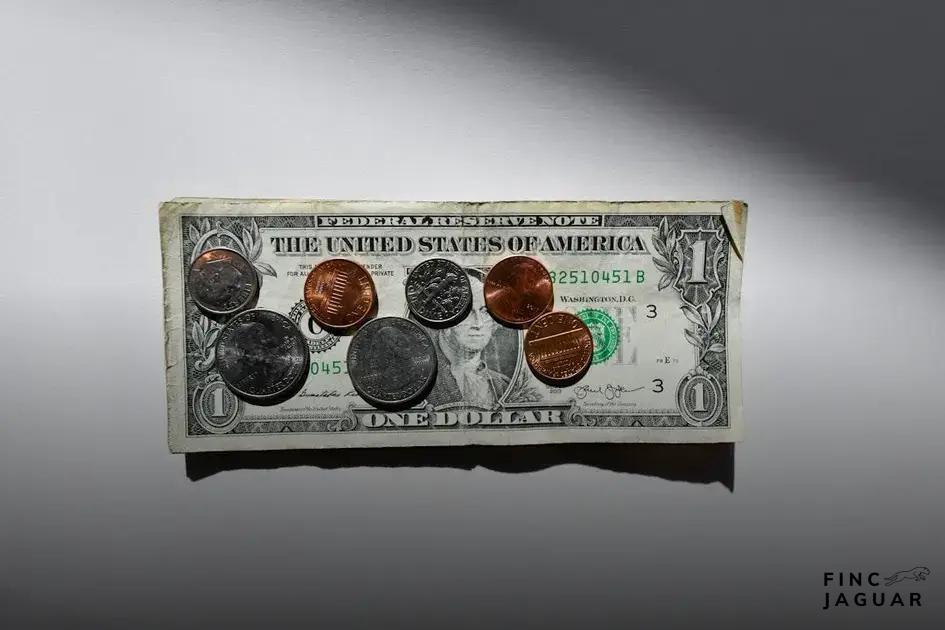Are you curious about the world of NFTs and where to buy them? The NFT marketplace landscape is evolving rapidly, offering unique opportunities and new trends for buyers and sellers alike. In this guide, we’ll explore the best NFT marketplaces to watch in 2023 and what makes them stand out. From emerging trends to essential features, we’ll dive into what you need to know to make informed decisions and keep your investments secure.
Emerging Trends in NFT Marketplaces
With the advent of digital assets, the NFT marketplaces have rapidly evolved, setting the stage for new and exciting trends that shape the industry. One significant trend is the integration of AI technology to enhance user experience. AI is used to personalize recommendations, analyze user behavior, and even create AI-generated art pieces. Additionally, NFT platforms are increasingly incorporating social features to boost community interaction, enabling creators and collectors to engage directly, follow, and share their collections on social media.
Another notable trend is the rise of custom and niche marketplaces tailored to specific interests and industries. This not only helps in reaching targeted audiences but also in offering specialized services that general marketplaces might overlook. For instance, gaming-focused NFT platforms provide in-game asset trading options, enhancing the gaming experience.
Furthermore, cross-chain compatibility is an emerging trend poised to revolutionize NFT accessibility. By enabling NFTs to be used across different blockchain networks, creators and owners gain flexibility and broader market reach. This shift is supported by layer 2 solutions, which offer faster and cheaper transactions, making NFTs more appealing to a broader audience.
Sustainability is also taking center stage, with many marketplaces looking to reduce their environmental impact. The shift towards eco-friendly blockchain technologies and carbon offset programs is in response to growing concerns over the environmental footprint of NFTs.
Finally, fractional ownership and the concept of shared assets are gaining traction. This trend allows multiple investors to own a share of a high-value NFT, making high-end digital art and collectibles more accessible to a wider audience. These trends indicate a vibrant and ever-evolving landscape in the NFT marketplaces, setting a promising outlook for the future.
Top Features to Look For

When selecting an NFT marketplace, there are several key features you should look for to ensure you have the best experience and maximize your potential as both a buyer and a seller. User-friendly interface: A marketplace should have a clean, intuitive design that makes browsing, buying, and selling NFTs easy, even for beginners. Wide range of NFTs: Look for platforms that offer a diverse collection of NFTs across various categories such as art, music, virtual real estate, and more. This ensures you have access to multiple investment opportunities. Transaction fees: Be aware of the fees involved in transactions. Platforms vary in terms of listing, sale, and transaction fees, so select one that aligns with your budget and financial goals. Payment options: The ability to pay with different cryptocurrencies and sometimes fiat options adds convenience and flexibility.
Community engagement:
Platforms that foster active user communities, forums, and social interactions can offer added value through networking and support. Royalty support: This feature is crucial for creators. Look for marketplaces that offer a setup for creator royalties, ensuring artists continue to earn from secondary sales. Decentralization: For security and independence, consider how decentralized the marketplace is. A truly decentralized platform offers more autonomy and generally better resistance to censorship.
Safety and Security in NFT Trading
NFT trading involves unique digital assets, and ensuring their safety and security is paramount for all parties involved. As you engage in this burgeoning space, it’s crucial to choose NFT marketplaces that offer robust security protocols to protect your investments.
One key aspect to prioritize is the use of two-factor authentication (2FA), which adds an extra layer of security to your account. This feature requires not only a password but also a secondary form of verification, such as a code sent to your phone. Marketplaces incorporating 2FA significantly reduce the risk of unauthorized access.
Another factor to consider is the platform’s emphasis on secure transactions. NFT marketplaces should employ top-notch encryption methods to protect financial data and personal information. Look for platforms that have a transparent record of their security policies and any past breaches, as this transparency is a sign of trustworthiness.
Moreover, verify the marketplace’s process for handling disputes and returns. A reliable platform should offer an efficient and clear process that protects both buyers and sellers. This includes a dedicated support team ready to resolve any issues that arise, ensuring the fair treatment of all participants in the marketplace.
Finally, consider the platform’s reputation within the community. Engaging in forums and reading reviews can give insight into the experiences of others. This community feedback is invaluable in gauging the overall security and reliability of the marketplace you are considering.
How to Choose the Right Marketplace

When selecting the ideal NFT marketplace, it’s crucial to consider various factors that align with your goals as a creator, collector, or investor. One important aspect is user experience. A user-friendly platform with intuitive navigation and clear instructions enhances your trading and browsing experience. Look for marketplaces that offer detailed guides and tutorials if you’re new to NFTs.
Another essential factor is the range of supported blockchains. Some marketplaces support multiple blockchains, while others focus on a single one. This choice can affect the variety of NFTs you can trade, so be sure to check if the marketplace supports the blockchain you’re interested in.
Community engagement is also significant. A vibrant community can offer value through discussions, shared insights, and potential networking opportunities. Investigate online forums, social media groups, or community events tied to the marketplace to gauge its level of interaction and support.
Consider the fees and transaction costs associated with the marketplace. These can vary widely and influence your profitability as a creator or investor. Search for platforms with transparent fee structures to avoid any hidden costs.
The marketplace’s reputation and credibility play a critical role in ensuring a secure trading environment. Check for reviews and feedback from other users, along with the presence of security features like two-factor authentication, to safeguard your transactions.
Lastly, evaluate the type and quality of NFTs available. Some marketplaces specialize in certain art forms, music, or virtual real estate. Ensure the marketplace aligns with your interest or specialization to maximize your exposure or collection value.





